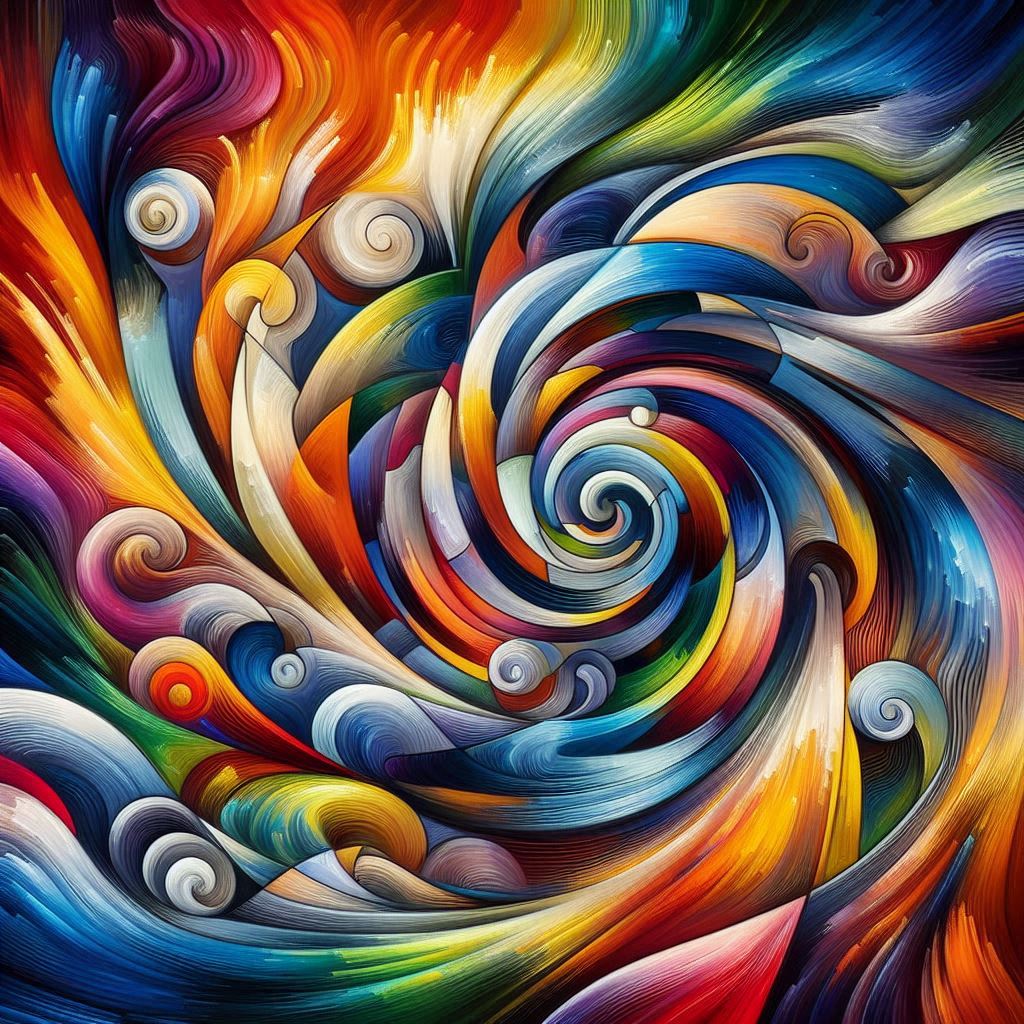Abstract art has always been about breaking boundaries and going beyond the visual constraints of traditional art forms. It challenges perceptions and emotions without rigid adherence to the real world. That rebellious spirit is finding a match in digital tools and software, making waves in how artists approach abstract art.
Digital media has pushed the boundaries of possibilities in abstract artistry. Software like Procreate and Adobe Fresco offers brushes and techniques that imitate traditional mediums, yet bring something more—a scope for innovation. This blend of the old with the new lets artists explore further, into uncharted territories of creativity.
Many traditional artists have taken to using digital tools as a bridge between conventional methods and cutting-edge technology. This isn’t just about transferring skills to a digital canvas. It’s also expanding their horizons. For instance, layering capabilities in digital software can mimic paint textures or create entirely new effects, allowing for a dynamic range of expression that wasn’t feasible before.
Abstract art software has opened a floodgate of possibilities. Platforms like ArtRage or Corel Painter simulate oil, watercolor, and pastels, giving artists the freedom to manipulate forms in real-time without the mess. These platforms democratize art creation, making it accessible to anyone with a computer or tablet, and inciting experimentation to reach new artistic heights.
Let’s not forget the trailblazers who’ve embraced these tools and redefined their art. Artists like David Hockney have seamlessly incorporated digital elements into their existing repertoire, illustrating how technology can coexist with tradition beautifully. Their work is a testament to the power of digital tools in enhancing and complementing the human touch in art.
The most significant shift with digital abstract art is how it’s more accessible and flexible than ever. Anyone from a seasoned painter to a beginner can embrace these tools. They’re great for artists to try new methods without the constraints of expensive materials or studio space, promoting a culture of continual learning and growth.
Looking ahead, with AI and virtual reality just around the corner, there’s no telling how these technologies might further change abstract art creation. The way we create, interact with, and even perceive art could be on the brink of another evolution.
Digital tools, essentially, are just that—tools. They’re a means to amplify an artist’s voice, offering a new playground for their imagination. At its heart, abstract art will always be about emotions and interpretations, and digital media, with its flexibility and capacity for innovation, brings out these core aspects for both creators and admirers alike.

